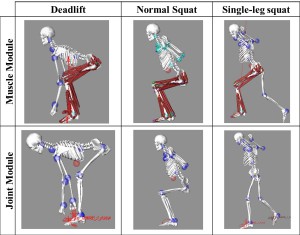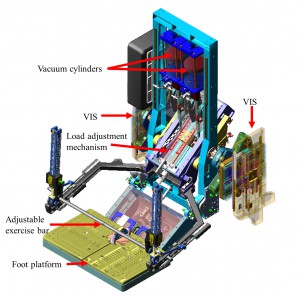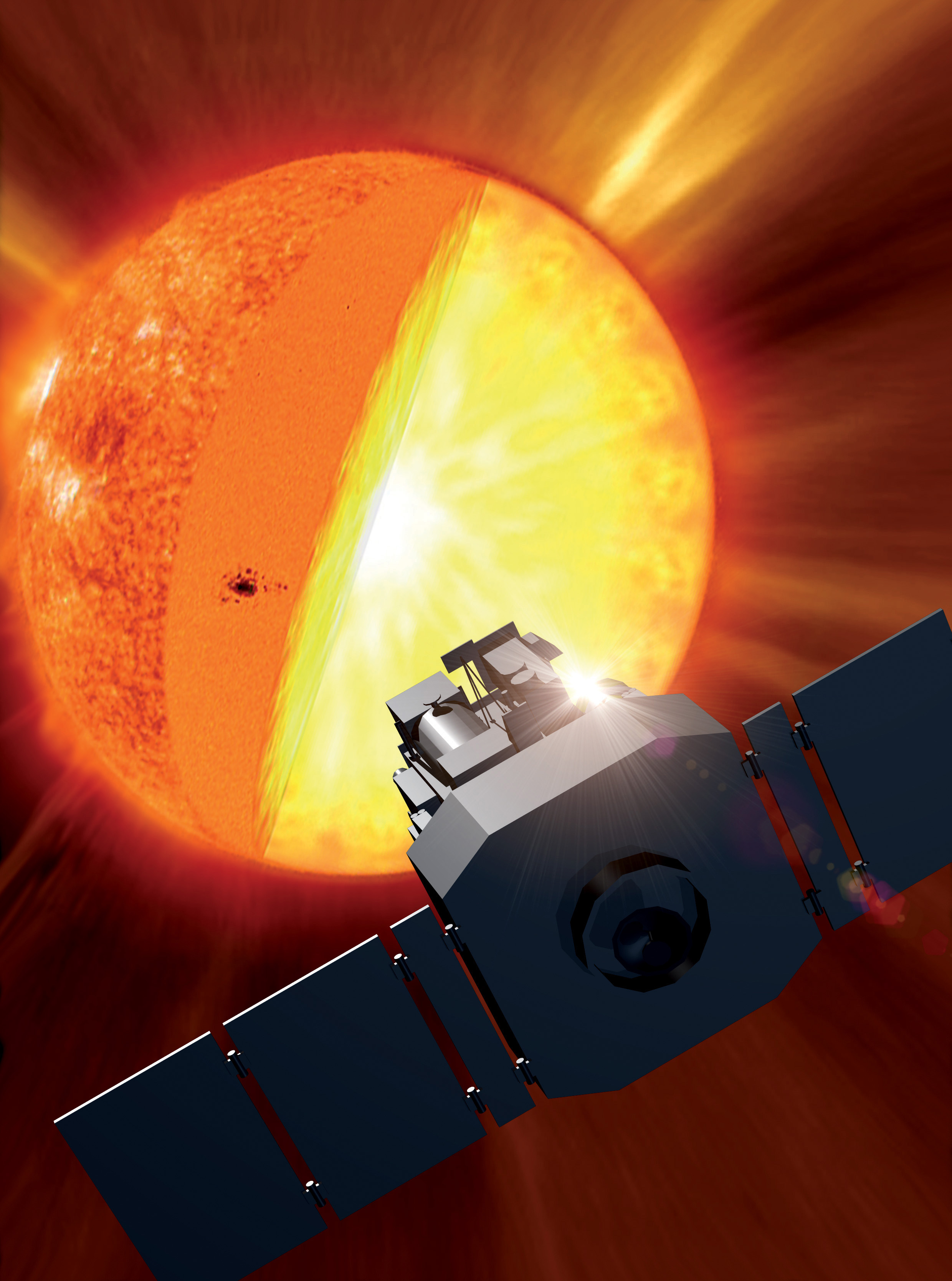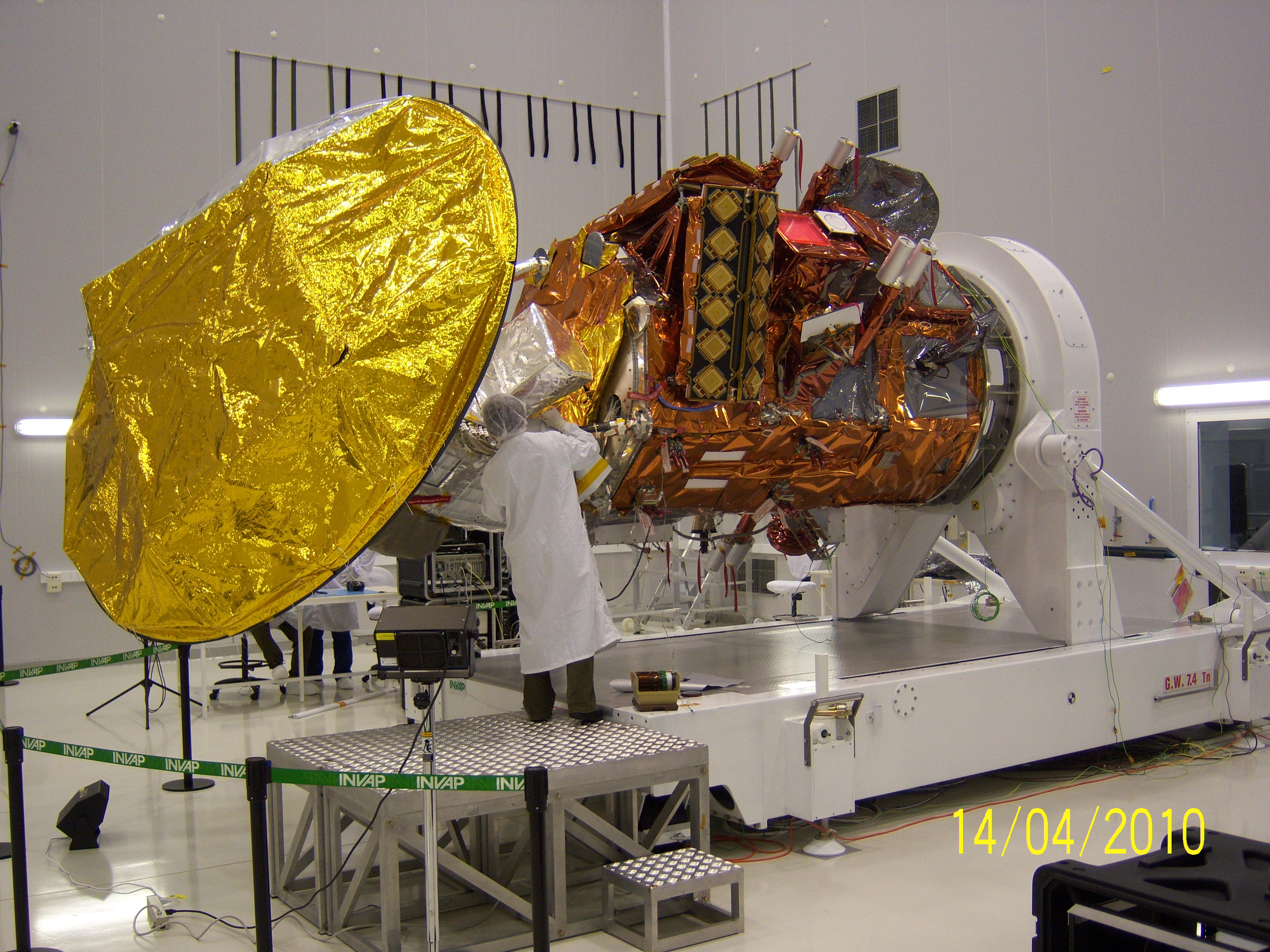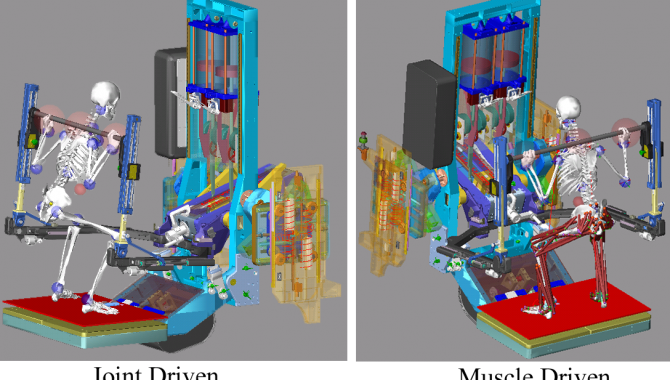
By Lealem Mulugeta and DeVon Griffin
Conducting human missions beyond low-Earth orbit to destinations such as asteroids and Mars will require substantial work to ensure the well-being of the crew.
These new operational conditions, which will include long periods in microgravity, will pose health risks that are currently not well understood and perhaps unanticipated. Developing and applying advanced tools to predict, assess, and mitigate potential hazards to astronaut health is critical. NASAs Digital Astronaut Project (DAP) is working to build well-vetted computational models to help predict and assess spaceflight health and performance risks, and enhance countermeasure development. The DAP aims to accomplish these goals through the following:
- Partnering with subject-matter experts to address human health-risk knowledge gaps and countermeasure development decisions
- Modeling, simulating, and analyzing physiological responses to exposure to reduced gravity and spaceflight-analog environments
- Providing timely information to contribute to mission architecture and operations decisions in areas where clinical data are lacking
To achieve these objectives, the DAP follows a systematic, rigorous process that begins by identifying human health-risk knowledge gaps that are amenable to computational modeling. Subsequently, we work with subject-matter experts within the Human Health Countermeasures element of the NASA Human Research Program to narrow modeling and simulation objectives to inform specific research questions or hypotheses. Then we conduct a thorough field survey to identify state-of-the-art modeling and simulation methodologies that can address the questions and hypotheses effectively. Subsequently, the models are developed, refined, verified, and validated to make them ready for research application.
A Multicenter and Multidisciplinary Collaborative Approach
Once the models have been sufficiently vetted (an effort currently in progress), we work with researchers or provide them models to simulate typical spaceflight-environment scenarios. The results of the simulations can then be interpreted by the subject-matter experts to inform research. Additionally, results from research and flight operations that the DAP informs can be used to further refine and enhance the fidelity of our models for future use. In addition to enhancing countermeasure development, our iterative and collaborative approach offers other benefits:
- Substantiates anecdotal evidence regarding spaceflight health risks
- Reduces cost of flight and ground experiments by running complementary simulations to further substantiate or refine experiments for optimal results
- Provides insight on the effects of long-duration spaceflight scenarios for which data are lacking

Joint- and muscle-driven versions of the squat-exercise biomechanics modules integrated with the ARED/VIS module.
Image Credit: NASA
To ensure high-quality, repeatable results, the models are rigorously vetted using NASA’s Standard for Models and Simulations (NASA-STD-7009). We do everything we can to validate the modeling and simulation against spaceflight or flight-analog data to establish the highest fidelity possible. For example, we are in the process of using on-orbit video data of crewmembers exercising to validate the kinematics of exercise models. We are also gathering muscle and bone data from past spaceflight missions and bed-rest experiments to validate the capability of our musculoskeletal models to predict the impact of exercise countermeasures on musculoskeletal fitness. Given that models and simulations have limitations, we clearly document the validation and application domains of our modeling and simulation to ensure they are not applied beyond their intended use.
The DAP is managed out of Glenn Research Center by DeVon Griffin; the science content of the project is directed by Lealem Mulugeta of the Universities Space Research Association (USRA) in Houston at Johnson Space Center. We work collaboratively to lead a tightly knit team of researchers, engineers, and computational modelers located at Glenn and Johnson to execute the projects core mission. We conduct a weekly tag-up teleconference to discuss planned activities for the week and coordinate critical tasks that must be executed to meet milestones. Lealem also meets with the multidisciplinary technical team via a weekly teleconference to conduct highly focused technical discussions regarding the development and implementation of modeling and simulation. DeVon then closes out each week with a programmatic teleconference, during which the team members provide status updates on current activities and flag any programmatic risks that need to be addressed or tracked. If required, the team also holds face-to-face meetings to address high-priority issues. Finally, to keep the project and the team focused, we have established project and science management plans to communicate the overarching vision of the DAP and provide a road map that guides the team’s efforts.
Applying Models and Simulations for Musculoskeletal Health Research
The DAP is assisting the Exercise Physiology Countermeasures Project (ExPC) at Johnson to model exercise countermeasures that use the Advanced Resistive Exercise Device (ARED) aboard the International Space Station. Given the complementary expertise of DAP and ExPC in computational modeling and exercise physiology, the teams established a cooperative approach to develop and implement three exercise modules of humans and an ARED device module. These model types are currently being integrated to provide data on forces transmitted to various anatomical locations as a result of the exercises.
Based on the outcomes of these simulations, it may be possible for clinicians to guide the activities of astronauts in order to minimize risk of fracture after the return from a mission.
The ARED exercise models will be integrated with bone and muscle adaptation modules currently being developed. These models use both terrestrial analog data and subject-matter-expert knowledge of musculoskeletal and exercise physiology unique to spaceflight. Once integrated with the exercise models, the bone and muscle models will simulate the response of bone and muscle physiology to exercise countermeasures during spaceflight missions. This will enable researchers to conduct what-if analyses to gain insight into questions such as
- Is it possible to reduce the amount of exercise time and maintain musculoskeletal performance by increasing exercise intensity or eliminating some exercises?
- Which exercises play the greatest role in maintaining musculoskeletal performance?
- What is the impact of unanticipated failure of exercise equipment on musculoskeletal health, and can the exercise regimen be reformulated to minimize adverse effects?
- Can exercise efficacy be enhanced for individual astronauts based on their unique anthropometrics?
In general, the overarching objective of this collaboration is to develop and implement musculoskeletal modules and modeling capabilities to customize and optimize exercise regimens based on anthropometrics and gender. Another goal is to provide tools capable of answering unforeseen exercise-physiology questions as they arise, as well as scalable and extensible exercise-device modules and modeling capabilities or platforms to evaluate the influence of exercise devices on exercise performance and flight hardware.
Ultimately, these tools will be used to inform ground and flight studies aimed at addressing musculoskeletal-risk knowledge gaps regarding the minimum amount of exercise required to maintain musculoskeletal health and performance, and the minimum set of exercise equipment needed to maintain musculoskeletal health and performance.
The joint teams developed the ARED model in progressive stages to gradually increase the module fidelity. The first product was a beta version, used as a development and checkout tool for the integration process with the biomechanics exercise modules. The teams maintain the beta release as a development platform throughout the project because it offers a simplified environment for checking and troubleshooting the integrated modules. Follow-on versions provide increased fidelity, including accurate characterization of mass, inertial and friction properties of the device, and the vibration isolation system.
Work in Progress
In addition to modeling and simulating exercise countermeasures, DAP is currently collaborating with the NASA Bone Discipline lead within the Human Adaptation and Countermeasures Division to apply modeling and simulation to augment a new bone-strength standard that NASA is currently developing. DAP team members are developing a unique capability that will provide the first simulations of the effects of microgravity on bone turnover. This work focuses on bone-strength changes due to demineralization and architectural changes. It will also be combined with biomechanical modeling to predict the loads experienced at specific bone sites that are at greatest risk for fracture during post-flight activities astronauts might perform, such as jumping. Based on the outcomes of these simulations, it may be possible for clinicians to guide the activities of astronauts in order to minimize risk of fracture after they return from a mission.
The DAP is working with the Exercise Countermeasures Project Advanced Exercise Concept (AEC) device-development team at Glenn to model advanced-concept devices with the following goals:
- Gaining insight into the efficacy of AEC devices for exercise countermeasures
- Providing timely input for design, development, and refinement of AEC devices
- Reducing the time and cost to develop the exercise devices
- Reducing the time and cost to clinically test new exercise devices
Given that many of the AEC component prototypes will share some common architecture, DAP is developing a generalized modeling toolbox that will make it possible to rapidly benchmark the capabilities of proposed devices for common loading profiles. This builds on DAP’s goal to develop scalable, extensible exercise device-simulation modules and capabilities to rapidly and inexpensively evaluate exercise hardware efficacy during exploration missions. As part of that goal, the models will be able to simulate changes in exercise protocol as well, allowing exercise physiologists to conduct what-if analyses of various exercise prescriptions for microgravity conditions.
Finally, DAP is working with the Visual Impairment and Intracranial Pressure project to address recent findings of anatomical changes of the eye and visual performance diminution in many long-duration space station crewmembers. Although these changes have varied in severity, they have occurred at a much higher rate than expected. This project is currently in the field-survey phase to identify modeling and simulation resources that can be extended to answer key questions and test hypotheses in this area.
Related Links
- Digital Astronaut Project
- Digital Astronaut / Human Research Program
About the Authors
 |
Lealem Mulugeta works for USRA within the division of Space Life Sciences in Houston. He was appointed as the DAP project scientist in 2011, a key member of the project leadership responsible for all scientific content and direction of the project. |
 |
DeVon Griffin has a background in optical instrumentation development for bioscience, microgravity combustion, and microgravity fluid physics. He has been a co-investigator, facility scientist, and project manager for shuttle and station flight projects. He has managed projects for NASAs Human Research Program since 2004. |






